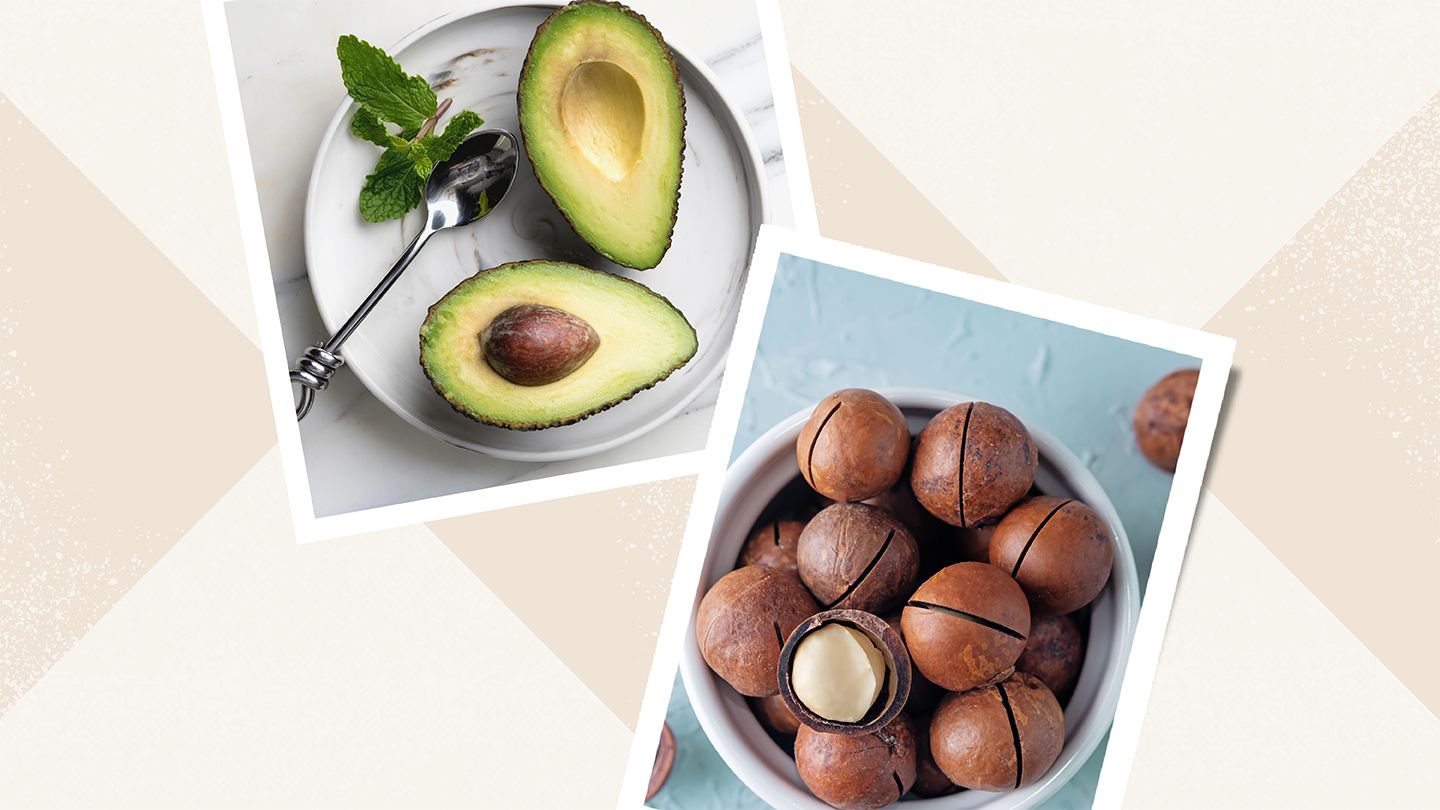Understanding Kimchi's Potential Role in a Keto Diet
Kimchi is a popular Korean side dish made from fermented napa cabbage and various other vegetables. Its unique tangy, spicy flavor profile makes it a versatile low-carb accompaniment to many keto meal plans. But is all kimchi equally keto-friendly?
Examining Kimchi's Nutrition Facts Relevant to Keto
A 1 cup serving of kimchi contains:
- 18 calories
- 3.5g carbohydrates
- 2g fiber
- 1g sugar
- 2g protein
With only 1.5g of net carbs per serving, most kimchi fits comfortably into a ketogenic eating plan. However, nutrition can vary slightly between homemade batches and store-bought varieties.
Understanding How the Ingredients Impact Carb Count
Napa cabbage has just 5g net carbs per cup when raw, lowering to around 3.5g per cup in kimchi after the fermentation process. The brining liquid introduces only minimal sugars, usually 1g per serving or less.
The main carb variance comes from additional ingredients like carrots. Standard kimchi contains less than 3g net carbs per cup, but vegetable or fusion versions may have up to 5g per serving. Read all labels carefully when selecting store-bought kimchi for keto diets.
Health Benefits of Adding Kimchi to Your Keto Plan
Beyond its low carbohydrate profile, kimchi offers several evidence-backed wellness advantages relevant to those specifically following ketogenic eating patterns:
Powerful Probiotics
The lactic acid bacteria formed during fermentation makes kimchi an excellent probiotic food. These healthy gut microbes may enhance digestion, immunity and metabolism helping sustain ketosis.
Anti-Inflammatory Properties
Studies indicate the active compounds in kimchi display anti-inflammatory effects. Reducing inflammation helps mitigate risks of chronic illnesses like obesity, heart disease and type 2 diabetes diseases closely tied to ketogenic diets.
Antioxidant Protection
Fermented kimchi offers antioxidant activity similar to non-fermented cruciferous vegetables. Antioxidants neutralize cell damage from free radicals, providing protective benefits against aging and disease.
Tips for Integrating Kimchi into Your Keto Lifestyle
Take full advantage of microbiome-boosting kimchi by enjoying it daily as part of your low-carb keto plan. Consider these tasty ways to eat more kimchi:
Stir Fry with Meat and Veggies
For a quick protein stir fry, mix kimchi with shredded pork, beef or chicken plus onion, mushrooms, spinach and garlic. Scramble in eggs too for added fat and nutrients.
Top Keto Burgers or Hot Dogs
Spice up your favorite keto bunless burger or hot dog with crisp, chilled kimchi and melted cheese for contrasting temperatures and textures.
Blend into Keto Soups
Puree kimchi with bone broth, coconut milk and spices like ginger and cumin for a creamy, warming soup accented with spicy sour notes.
Bake into Low-Carb Muffins
Fold kimchi and shredded cheese into almond or coconut flour muffin batter right before baking for a savory, flavorful snack with only 2-3g net carbs each.
Top Keto Pizzas
Lay kimchi pieces atop pizza crust made with mozzarella or psyllium husk for amplified flavor and nutrition without adding carbs.
Selecting the Best Kimchi Products for Keto Diets
Home fermented kimchi offers ultimate freshness and control over ingredients. But quality store-bought brands can also align with keto guidelines.
Check Labels for Low Carb Counts
Read nutrition labels closely to verify around 3g net carbs or less per serving. Avoid vegetable blends with extra carrots or other starchy products.
See Refrigerated Section for Live Cultures
For the most active probiotics, seek refrigerated kimchi rather than jars kept at room temperature which kill beneficial bacteria. Also check for words like "raw" and "unpasteurized".
Recognize Certifications like USDA Organic
Trusted organic seals indicate clean, whole food production without risky additives like unnecessary sugars. This suggests suitability for health-focused keto adherents.
Actively fermented, fresh-style kimchi offers optimal nutrition for keto dieters wanting to promote fat burning, preserve muscle, feed healthy gut flora and prevent chronic disease.
FAQs
Is all kimchi equally low carb?
Standard napa cabbage kimchi contains less than 3g net carbs per serving. But vegetable-heavy blends with carrots, onions or other starchy products can reach 5g carbs from added sugars during fermentation. Read labels carefully.
Can I eat kimchi raw on keto?
Uncooked kimchi skips the probiotic-boosting fermentation process. It also retains higher carb counts around 5g per cup. Lightly cooking or using fully fermented kimchi maximizes the microbiome and blood sugar control benefits.
Will kimchi kick me out of ketosis?
When tightly controlling carb intake under 20g daily, the 2g net carbs in a standard 1 cup kimchi serving won't disrupt ketosis for most people. Monitor portions and ingredients to stay in fat burning mode.
Can too much kimchi cause digestive issues?
Eating excessive amounts of even beneficial fermented foods may provoke gas, bloating or loose stools. Start with 1-2 servings of kimchi daily and slowly ramp up probiotic intake based on your body's tolerance.
Disclaimer: This article is for informational purposes only and does not constitute medical advice. Always consult with a healthcare professional before starting any new treatment regimen.
Related Coverage
Looking for the top carb cycling books and resources? Learn how to properly structure your high-carb and low-carb days to burn fat and build muscle with carb cycling....
If you've succeeded in reaching your goal weight on keto, have digestive issues, feel tired or foggy, it may be time to transition off keto. Tips for reintroducing carbs....
Get ideas and recipes for easy to grab 0 carb snacks perfect for the ketogenic diet including nuts, seeds, cheese, jerky and more. Keep carbs low and hunger at bay....
Want ricotta on keto? With 3 grams net carbs per ounce, ricotta can be challenging for very low carb diets. Learn strategies to fit it in or substitute better options like cottage cheese....
Follow a busy keto diet with these 18 easy grab-and-go snacks like jerky, boiled eggs, nut butter, pork rinds, avocado, berries and more to curb hunger and cravings....
Stay in ketosis anywhere with portable high-fat low-carb snacks like tuna wraps, nut butter packets, roasted veggies, and bacon cheddar crackers....
Discover delicious and healthy white snack ideas that will satisfy your cravings without compromising your health. From Greek yogurt parfaits to whole-grain crackers with hummus, these tasty snacks are perfect for any time of day....
It's common for the thick heel pad to occasionally go numb. But chronic heel numbness may signal an underlying condition like plantar fasciitis, nerve compression syndrome, poor circulation issues etc....
Cottage cheese can fit into a ketogenic diet in moderation. This in-depth guide covers cottage cheese nutrition, benefits for keto, drawbacks, proper portioning, and healthy substitutes....
Find out the approximate weight of 1 tablespoon of honey in grams. Learn metric volume conversions, measurement best practices, and how thickness impacts honey weight....









